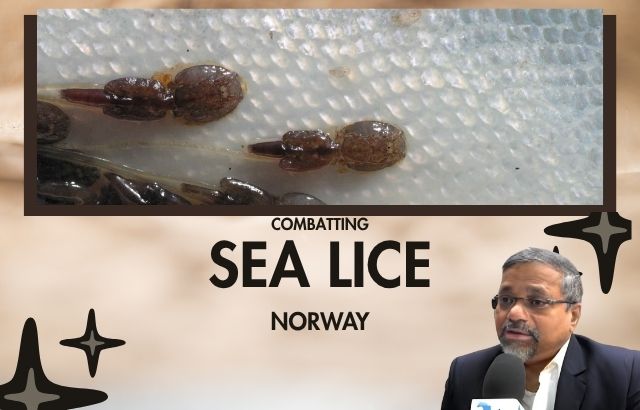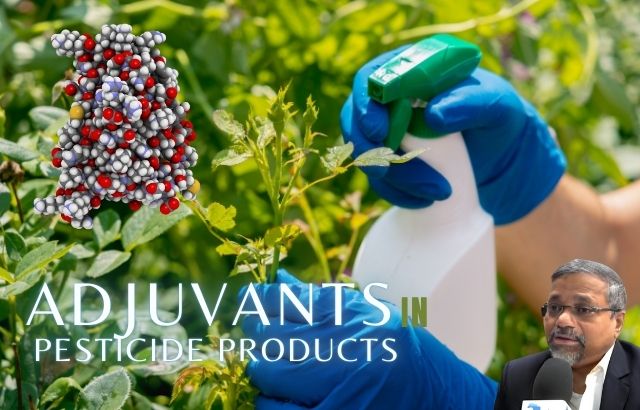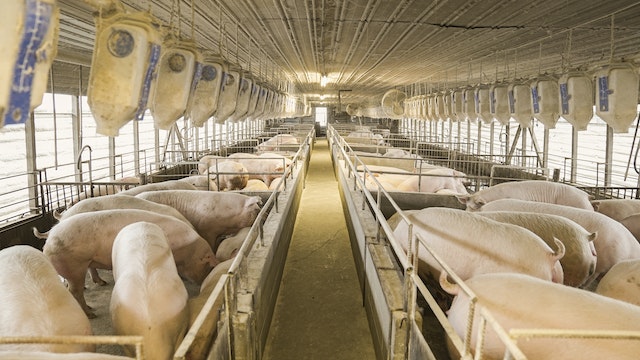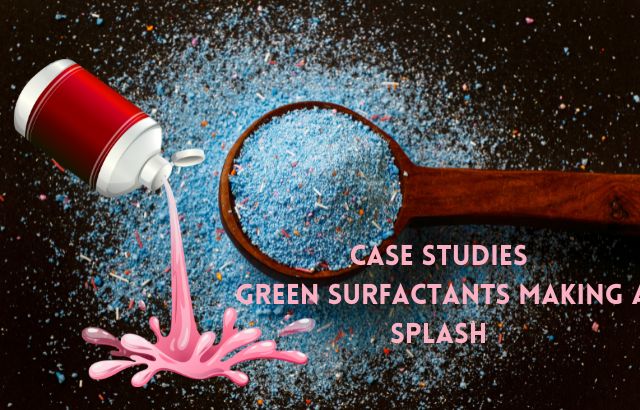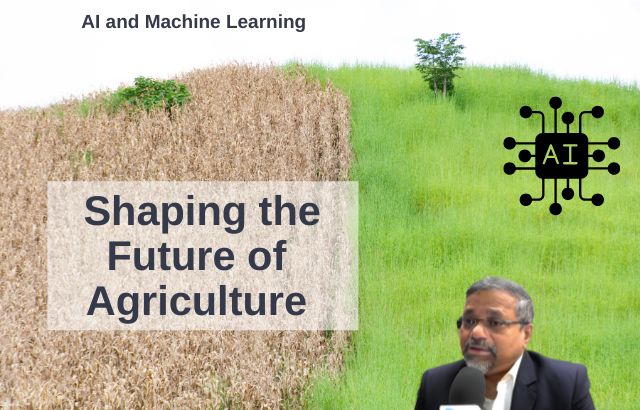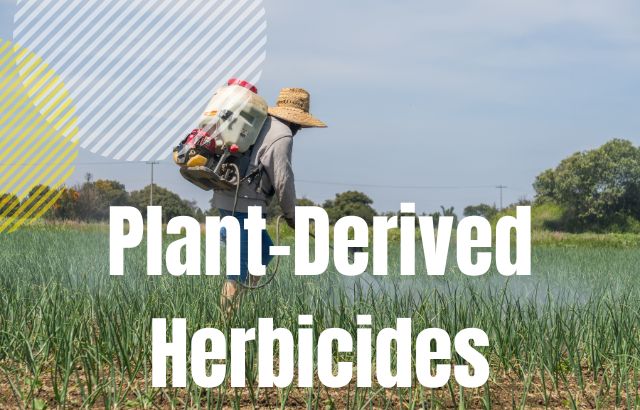Norway, a global leader in salmon farming, has encountered a persistent issue in the aquaculture industry: the sea lice crisis. This parasite threatens the health of farmed salmon and, in turn, the economic stability of the industry. In this blog, we’ll explore the scientific reasons behind the sea lice problem, discuss innovative solutions spearheaded by experts like Jaiguru Kadam, and present examples from around the world to understand how this challenge is being addressed.
What Are Sea Lice?
Sea lice (Lepeophtheirus salmonis) are parasitic copepods that infest fish, particularly salmon. These microscopic crustaceans latch onto the skin of salmon, feeding on their mucus, blood, and tissue. The infestation can cause severe damage to the fish, including skin lesions, tissue degradation, and, in extreme cases, death.
Beyond the immediate harm to the fish, sea lice pose a major risk to the aquaculture industry due to their rapid reproduction and high resistance to conventional treatments.
The Sea Lice Crisis in Norway
Norway’s salmon farming industry is the largest in the world, producing around 1.5 million tonnes of salmon annually, making up nearly half of the global supply. However, the spread of sea lice in farmed salmon is a long-standing issue that not only harms the fish but also leads to higher production costs and public concern over the environmental impacts of treatment methods.
In the wild, sea lice are a natural part of marine ecosystems, but in densely populated fish farms, their numbers can explode due to the confined environment, creating an ecological imbalance. As the sea lice population grows, the infection rate among farmed salmon increases, leading to higher levels of mortality and reduced growth rates in infected fish.
Understanding the Causes of Sea Lice Outbreaks
Several factors contribute to the outbreak of sea lice in farmed salmon populations:
- High Fish Density: Overcrowded fish farms provide an ideal breeding ground for sea lice. When thousands of fish are packed into a small area, the parasites can spread quickly and intensify the problem.
- Water Temperature and Salinity: Sea lice thrive in certain environmental conditions. Warmer water temperatures (especially in the summer months) accelerate the life cycle of sea lice, leading to more frequent infestations.
- Resistance to Treatments: Traditional methods to control sea lice, such as pesticides, are becoming less effective due to the lice developing resistance. This necessitates more frequent and higher doses of treatment, which can be harmful to both the fish and the surrounding marine ecosystem.
- Limited Use of Natural Predators: In the wild, sea lice are naturally kept in check by predators such as wild fish. However, in controlled environments like fish farms, the absence of natural predators contributes to unchecked lice growth.
The Role of Green Innovators and Experts like Jaiguru Kadam
Addressing the sea lice problem requires a multifaceted approach that combines scientific research, technological innovation, and sustainable practices. Jaiguru Kadam, a subject matter specialist with vast international experience in aquaculture and green innovation, has been at the forefront of devising solutions to this crisis.
Innovative Solutions in the Fight Against Sea Lice
- Biological Control MethodsJaiguru Kadam emphasizes the importance of biological control methods to reduce sea lice infestations. These methods involve introducing natural predators of sea lice, such as cleaner fish like wrasse and ballan wrasse, to consume the parasites off the salmon’s skin. These cleaner fish have shown promising results in reducing lice numbers without the need for chemical treatments.
- Hydrodynamic SolutionsAnother breakthrough involves the use of advanced hydrodynamic technology to reduce sea lice infestations. Jaiguru Kadam’s research highlights the use of specially designed fish cages that create water currents that disrupt the parasites’ ability to attach to the fish. These cages simulate natural conditions, making it harder for sea lice to settle on the salmon.
- Genetic SolutionsSelective breeding programs have been introduced to develop salmon strains that are more resistant to sea lice. Jaiguru Kadam’s collaboration with international breeding programs has focused on enhancing salmon’s natural defenses against sea lice, resulting in more resilient fish stocks.
- Integrated Pest Management (IPM) SystemsAn IPM system involves using a combination of chemical, biological, and mechanical treatments in a targeted and sustainable manner. Jaiguru Kadam advocates for the strategic use of IPM systems to manage sea lice, ensuring that chemical treatments are used only when absolutely necessary, minimizing environmental impact.
Real-World Examples
- Norway’s Wrasse Strategy: Norway has made significant strides in using cleaner fish like wrasse to combat sea lice. These fish are placed in salmon pens and feed on the lice, significantly reducing the need for chemical treatments. In some farms, this approach has reduced the number of chemical treatments by up to 50%.
- The Faroese Model: The Faroe Islands, another major producer of farmed salmon, has implemented hydrodynamic cage systems with great success. These cages use water jets to create currents that disrupt sea lice attachment, reducing lice numbers and promoting healthier salmon populations.
- Scotland’s Genetic Advancements: In Scotland, researchers are breeding salmon with higher resistance to sea lice. Initial results have shown that these genetically enhanced fish experience fewer lice infestations, leading to healthier fish and lower treatment costs.
Calculations: The Economic Impact of Sea Lice
The economic burden of sea lice on salmon farming is immense. The direct costs include the expense of treatments, which can range from $10 to $20 per fish. Indirect costs, such as reduced fish growth rates, increased mortality, and loss of marketability, can amount to significant losses.
Let’s break down an example calculation:
- Number of fish per farm: 1 million
- Cost per treatment per fish: $15
- Number of treatments per year: 3
Total cost of sea lice treatments per year:
[
1,000,000 , \text{fish} \times 15 , \text{USD} \times 3 , \text{treatments} = 45,000,000 , \text{USD per year}
]
This is just the cost of treatment. Additional losses from slower growth and higher mortality rates could push the total cost even higher.
FAQs on Sea Lice and Salmon Farming
Q: How do sea lice affect the health of farmed salmon?
A: Sea lice feed on the skin, mucus, and blood of salmon, causing severe damage that can lead to stress, reduced growth rates, and even death. Infected salmon may also become more susceptible to other diseases.
Q: Why are traditional methods of controlling sea lice no longer effective?
A: Over time, sea lice have developed resistance to chemical treatments like pesticides. This has led to the need for stronger and more frequent applications, which are both costly and harmful to the environment.
Q: Can cleaner fish like wrasse really solve the sea lice problem?
A: Yes, cleaner fish like wrasse have been shown to significantly reduce sea lice infestations. However, they are not a complete solution and must be used in combination with other methods for effective control.
Q: What is the future of salmon farming in Norway regarding sea lice?
A: With the ongoing research and innovation, the future of salmon farming in Norway looks promising. The industry is moving toward sustainable, low-impact solutions that combine biological, mechanical, and genetic methods to control sea lice while maintaining fish health and minimizing environmental damage.
Conclusion
The sea lice crisis in salmon farming, particularly in Norway, is a complex and multifaceted problem that requires innovative solutions. Experts like Jaiguru Kadam, with his vast international experience, are at the forefront of tackling this issue, using a combination of biological control methods, hydrodynamic technologies, and genetic advancements. The integration of these green innovations, along with the example set by other countries like the Faroe Islands and Scotland, shows that a sustainable, scientific approach can reduce the impact of sea lice on salmon farming and help ensure the future of the industry.

